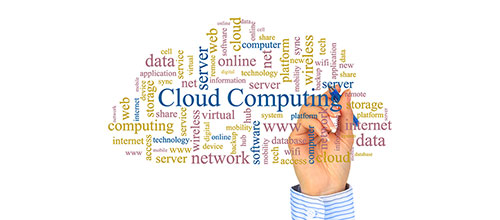MHRA's Guidance for Software as a Medical Device (including Apps)
Recommendation

Cloud Computing in a GxP Environment - Live Online Training
Whereas in the pharmaceutical business software plays a role in the manufacture of products, it can also act as two parts in the medical device business - one in the manufacture of a device and one as a medical device as such - i.e. software as a medical device. The British Health Authority - MHRA - has published a current guidance on software as a medical device, also called stand-alone software, intended for developers of such software. This guidance also addresses the increasingly encountered topic "apps". The text doesn't cover software that is part of a medical device, e.g. software that controls a CT scanner.
The guidance itself is very short and divided into 6 main chapters:
- Introduction
- Key points and existing guidance
- Software applications (apps)
- Telehealth and telecare
- General requirements
- Specific software considerations
The topic software application (apps) is extensively described. If apps fulfil the definitions of a medical device, MHRA regulations will apply and they will undergo a conformity assessment. The following keywords should help the MHRA determinate whether the apps are a medical device or not:
- amplify
- analysis
- interpret
- alarms
- calculates
- controls
- converts
- detects
- diagnose
- measures
- monitors
Furthermore, the guidance provides some support on which apps can be basically categorised as medical devices and which not:
- Decision support or decision making software that applies some form of automated reasoning, such as a simple calculation, a decision support algorithm or a more complex series of calculations, e.g. dose calculations, symptom tracking, clinicians guides. These are the types of software most likely to fall within the scope of the medical devices directives
- Apps acting as accessories to medical devices such as in the measurement of temperature, heart rate, blood pressure and blood sugars could be a medical device as are programmers for prosthetics
- Software that monitors a patient and collects information entered by the user, measured automatically by the app or collected by a point of care device may qualify as a medical device if the output affects the treatment of an individual
- Software that provides general information but does not provide personalised advice, although it may be targeted to a particular user group, is unlikely to be considered a medical device
- Software that is used to book an appointment, request a prescription or have a virtual consultation is also unlikely to be considered a medical device if it only has an administrative function.
In addition, the guidance refers to a range of other documents and European Guidelines on medical devices which provide other important information.
Source: MHRA - Guidance on medical device stand-alone software (including apps)



